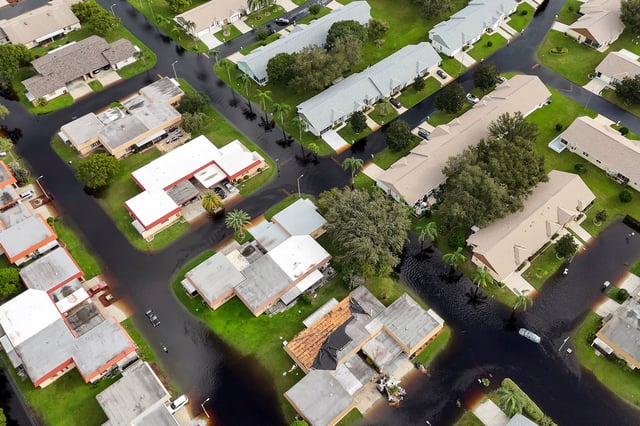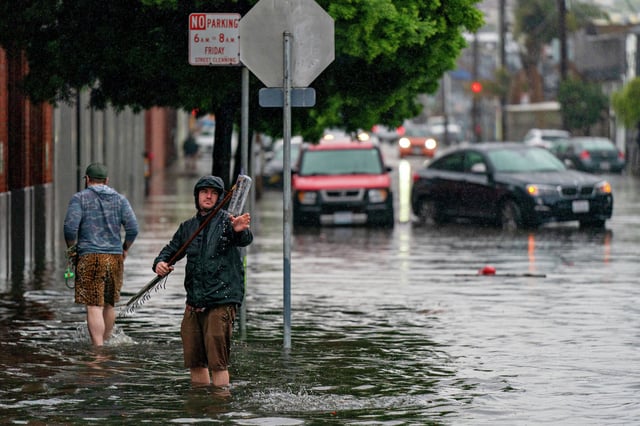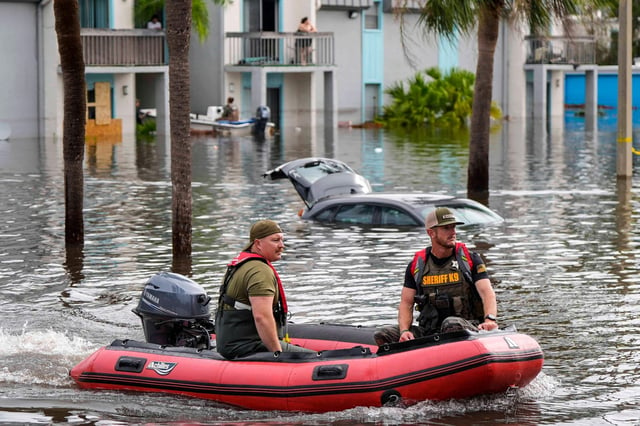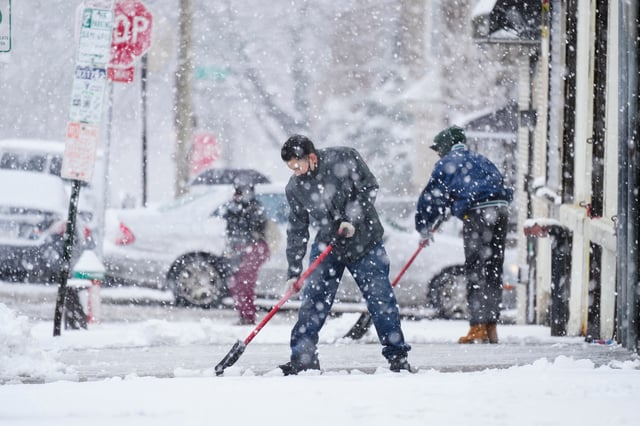Overview
- Federal forecasters say La Niña conditions emerged in September, upgrading the Pacific pattern to an official advisory status.
- La Niña is favored to continue into February 2026, and NOAA scientists characterize the event as likely weak.
- NOAA notes La Niña is tied to increased late‑season Atlantic activity, with November storms historically occurring about twice as often compared with neutral years.
- Typical winter tendencies include cooler, wetter conditions in the Pacific Northwest and warmer, drier conditions across much of the southern United States, though regional results can vary.
- Observed Pacific cooling and atmospheric shifts since August prompted earlier watch alerts, and the government’s detailed winter outlook is due on October 16.



